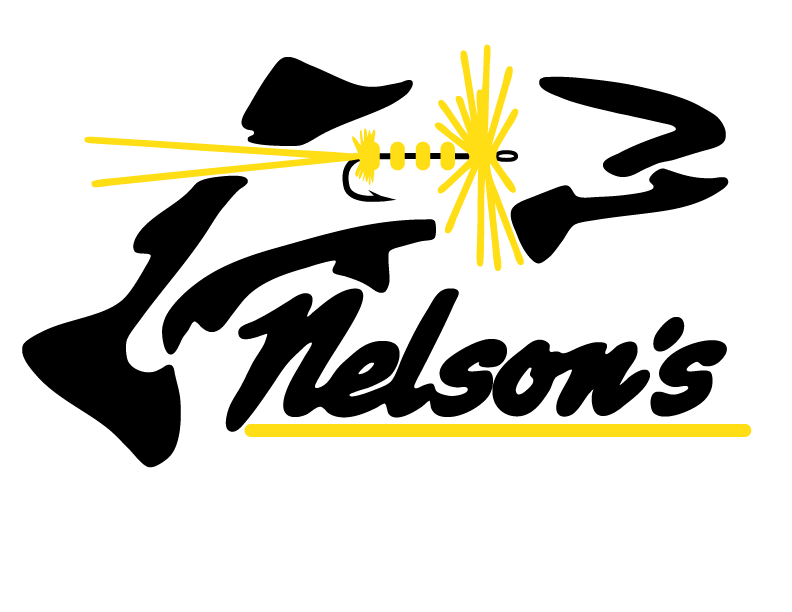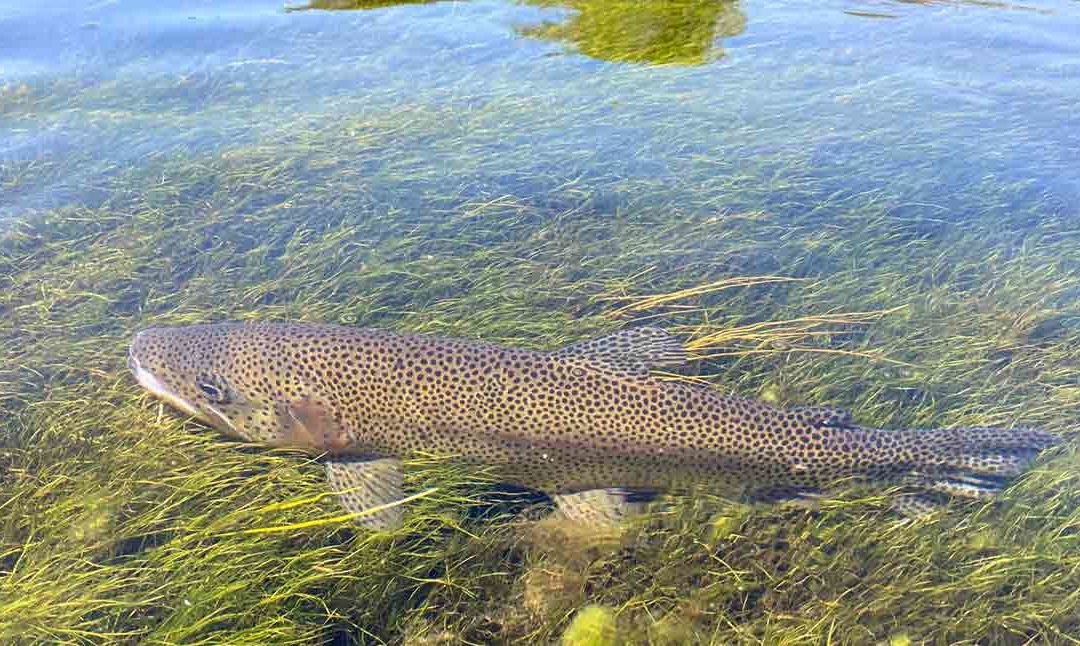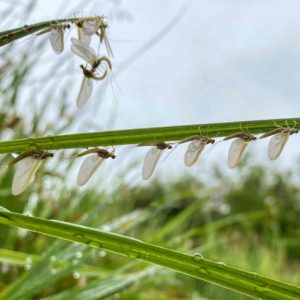Conquering Spring Creeks Fly Fishing Techniques
Fly fishing spring creeks in Montana requires a fine tuning of skills and techniques. Although the general methods are the same across fly fishing, special attention to detail makes the difference between a successful or a frustrating day on the water. Spring Creeks have a reputation of intimidating anglers due to the technical nature of the fishing and the stories of the anglers that have been humbled by the gin clear water. The intimidation factor can be overcome by understanding what makes spring creek fly fishing technical, a basic understanding of aquatic insects, best equipment to use, and fly presentation.
Trout are not smart. They are a product of their environment. If they were smart we would never be able to catch them after they identified what a hook looks like. However, the nature of their environment can make them very selective. Spring creeks are fed by ground water which results in high water quality, stable temperatures, constant flow, and consistent clarity. Another important factor in the aquatic environment is the stream bed substrate. Spring creek bottoms consist of fine to medium size cobble, silt, and plenty of vegetation. All of these attributes create bug factories. However, the stable nature of the spring creek environment is geared toward certain species of aquatic insects with a large percentage of them being small. Thus, a trout that resides in a spring creek is continually fed a steady diet of small bugs. In order to be successful, the angler must posses the ability to imitate the characteristics of small insects.
The aquatic insects inhabiting spring creeks exist in large numbers, but the diversity of species is by no means over whelming. The stable environment supports large portions of specific types of bugs. Medium to small sized mayflies, midges, and crustaceans make up the largest percentage of a spring creek trout’s diet. The mix of different mayflies and midges follow the seasons and are fairly predictable. It is important to be familiar with the different colors and sizes of the given insects for the time of year. The better the angler knows the entomology the more rewarding the fly fishing will be.
Imitating small bugs presents challenges that are overcome by using the correct equipment. In order to match little insects, small sparsely tied fly patterns in the correct size and colors suffice. A small fly must be fished on light tippet (6x or 7x) in order to allow it to flutter like a natural insect. If the same pattern is fished on thicker tippet (4x or lower) the fly acts stiff and will not look edible to the trout. Light tippet breaks easier than the thicker material when put under pressure by the large trout residing in spring creeks. Counteracting the fragility of light tippet starts with the length of the material, is aided by the softness (or amount of bend) in the tip of the fly rod, and mastered by the fish fighting technique of the angler. The shorter the length of tippet the easier it will break. Using three feet or more for the tippet takes advantage of the elasticity of the material and aids in protecting against breakage. Medium to medium-fast action fly rods bend more then their fast action counterparts preventing unnecessary break offs. The bend in the rod acts like a spring and helps absorb the changing pressures while fighting a fish. Landing large trout on light tippet requires an understanding of the different forces the material can handle. The correct length of tippet and the proper fly rod help negate breaking, but proper technique must also be applied. Tippet can take constant pressure, but breaks under sudden impact. An angler must use the bend of the rod at the correct angle while applying constant pressure to land the fish.
The job of the successful angler is to imitate these tiny creatures with the appropriate fly pattern while it’s tied to a fly line followed by the leader and lastly the tippet.
A trouts food moves with the current of the water as it flows over and around obstacles in the stream bed. Fish use the current to convey the insects into their open mouths. Due to the small size of the bugs most of their motion is determined by the way the current flows. The combination of these factors creates an environment in which the trout becomes selective to the numerous little bugs pushed through the water column by the stream flow. The job of the successful angler is to imitate these tiny creatures with the appropriate fly pattern while it’s tied to a fly line followed by the leader and lastly the tippet. Proper fly presentation becomes essential in order to complete this challenging task. A spring creek angler must practice accuracy, mending, and the all important reach cast. Through the implementation of all these techniques the anglers success on Montana spring creeks will increase exponentially.
Spring creek fly fishing techniques take practice, but when broken down are not that complicated.
A simple understanding of spring creek entomology, making sure to have the correct fly patterns and equipment, and practicing common fly presentation methods go a long way in the making of a successful spring creek angler. Contact Nelson’s Guides and Flies, or better yet come stay with us at Nelson’s Spring Creek Lodge, and we’d be happy to jump start your learning to master the nuances of spring creek fly fishing.


